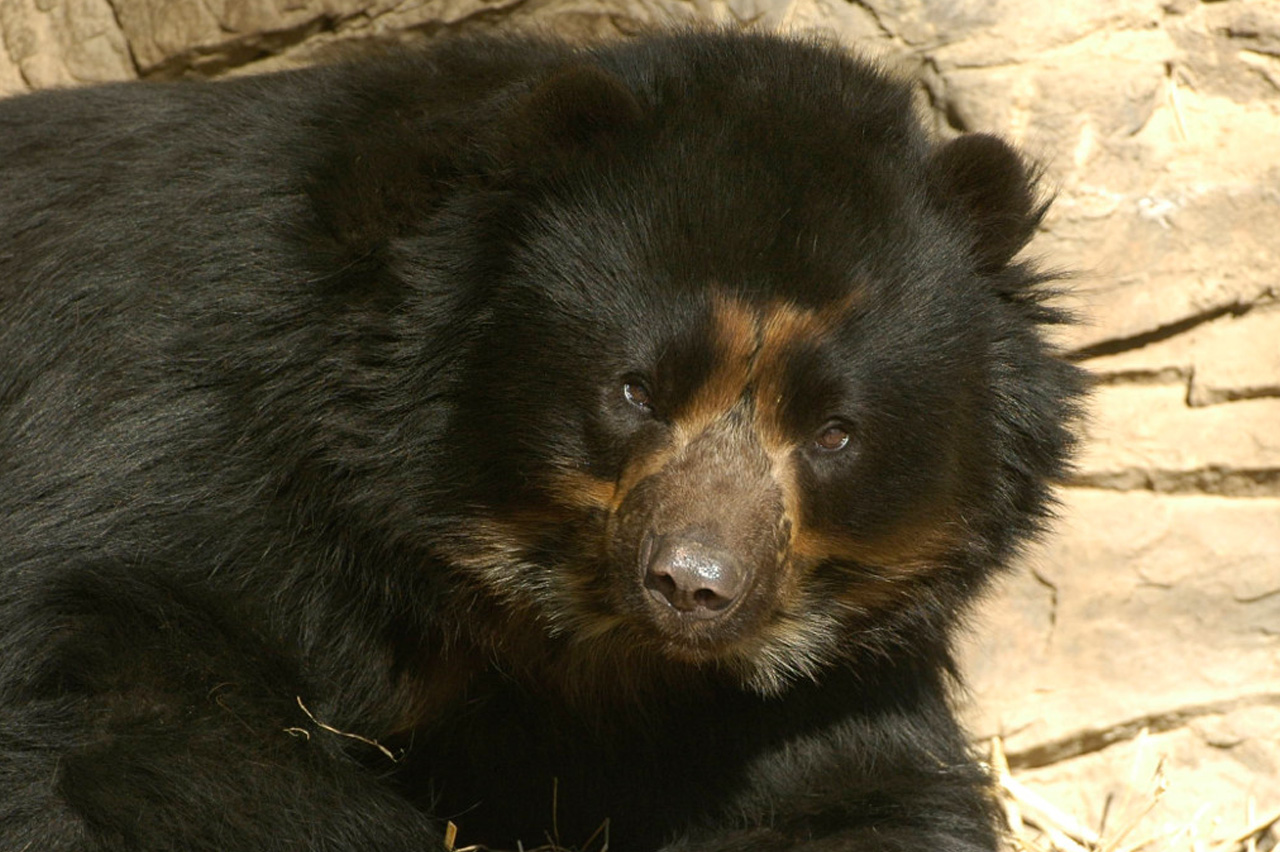Gardener of the forests and guardian of the páramos.
El Andean bear (Tremarctos ornatus) is one of the 8 bear species found globally. It is the only bear species distributed in South America and the only living representative of short-faced bears (Tremarctinae).
Although classified as a carnivore, its diet is omnivorous and particularly specialized in consuming plants or fruits; it occasionally eats animal protein.
As the only ursid (member of the Ursidae family) present in South America, it is distributed along the Andes mountain range (Venezuela, Colombia, Ecuador, Peru, Bolivia, and northern Argentina), from the dry inter-Andean forests and altitudes of 200 meters. It also inhabits humid, sub-Andean, and Andean forests, up to high-altitude ecosystems such as páramos and punas, reaching elevations of up to 4000 meters.
Andean bears typically have black fur, though it can vary from brown to reddish. There are also reports of nearly white (albino) bears.
In addition, they have cream-colored markings on their face—giving them one of their common names (spectacled bear)—on their chest and jaw. These markings are unique to each individual, making them the equivalent of human fingerprints.
Within the ecosystems they inhabit, Andean bears play very important ecological roles, one of which is seed dispersal. Due to their high consumption of fruits and plant fibers, they transport seeds through their digestive system (over distances of more than 20 kilometers), helping to activate germination processes. When they defecate, the seeds grow and promote natural forest regeneration.
In addition to their role as seed dispersers, Andean bears, being large (weighing between 20 and 120 kilograms) and having arboreal habits (they are among the bear species that climb trees the most), create holes in the canopy of forests. This allows sunlight to reach the forest floor, triggering processes of seedling development and the growth of young trees, which contribute to the renewal of forests.
 Photo: Julie Larsen Maher / WCS
Photo: Julie Larsen Maher / WCS
Despite being a charismatic species, the Andean bear is classified as a Vulnerable (VU) species at risk of extinction by the International Union for Conservation of Nature (IUCN). This means that its populations are likely to decline by nearly 30 percent over the next three generations or 30 years.
This decline is due to the ongoing loss of its natural habitats, illegal hunting, negative interactions with human communities, and climate change.
In Colombia, the species is also considered Vulnerable to extinction, according to the Ministry of Environment and Sustainable Development (Decree 0126 of 2024) and the Colombian Society of Mammalogy.
One of the main causes of interaction between bears and humans is the attack and/or scavenging of domestic animals in remote areas. These interactions lead to retaliatory hunting of wild individuals, which harms the bear populations and causes economic damage to farmers.
For the Wildlife Conservation Society (WCS), the Andean bear is considered a focal or umbrella species, meaning it requires several ecosystems for its survival due to its large range. It needs specific habitats for reproduction and feeding, and it serves as an indicator of the conservation status of the areas where it lives.
Traslated with AI support